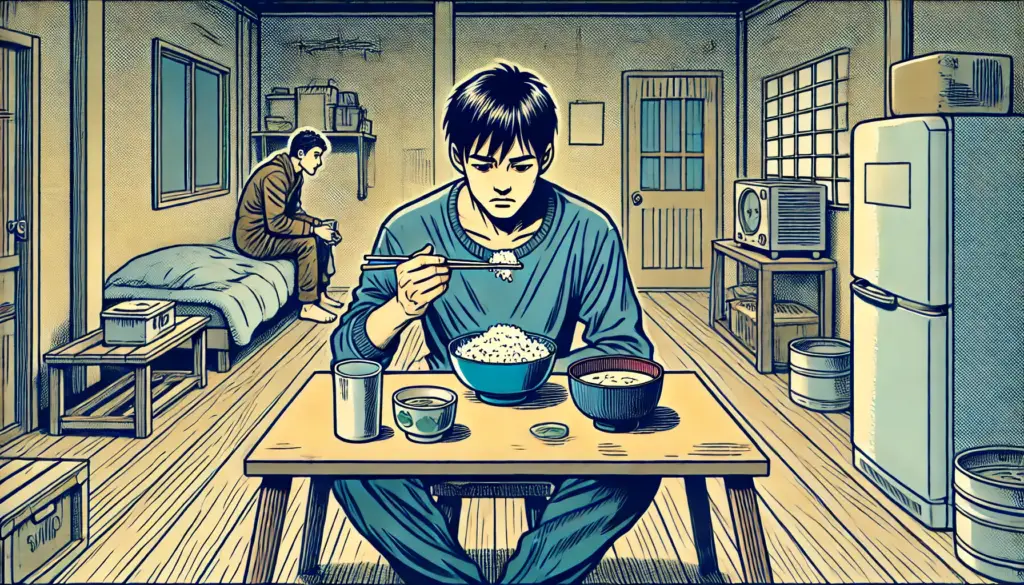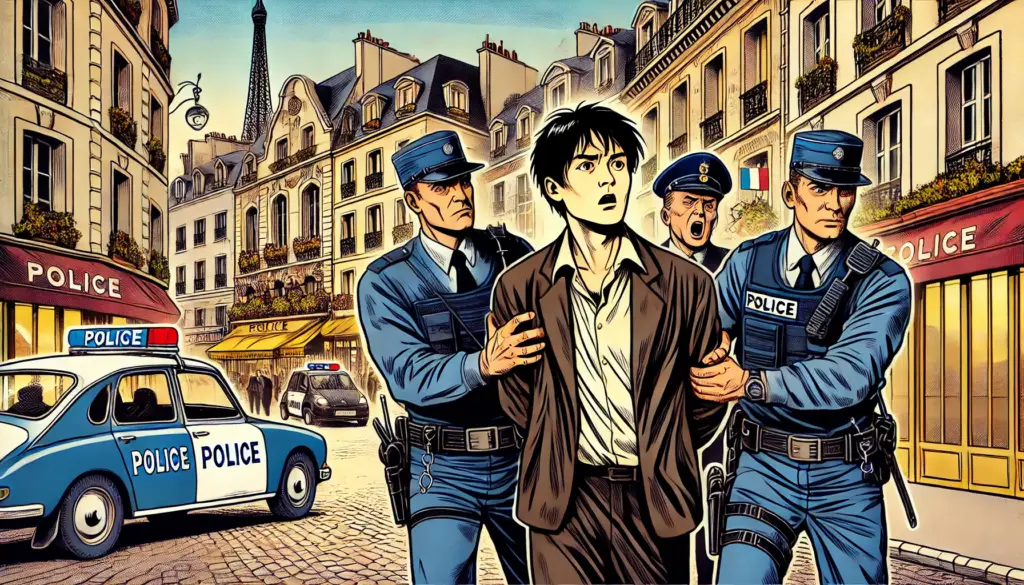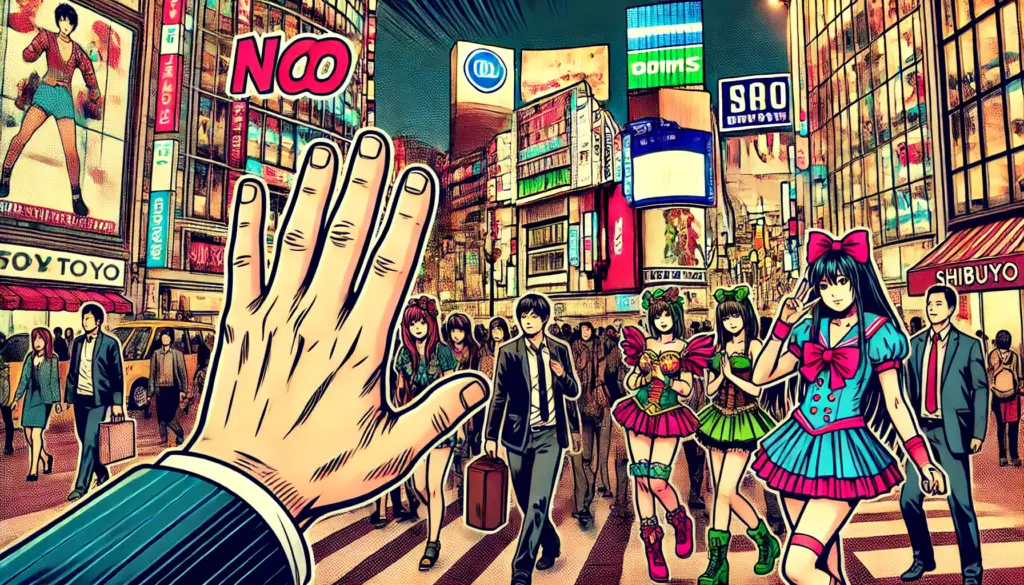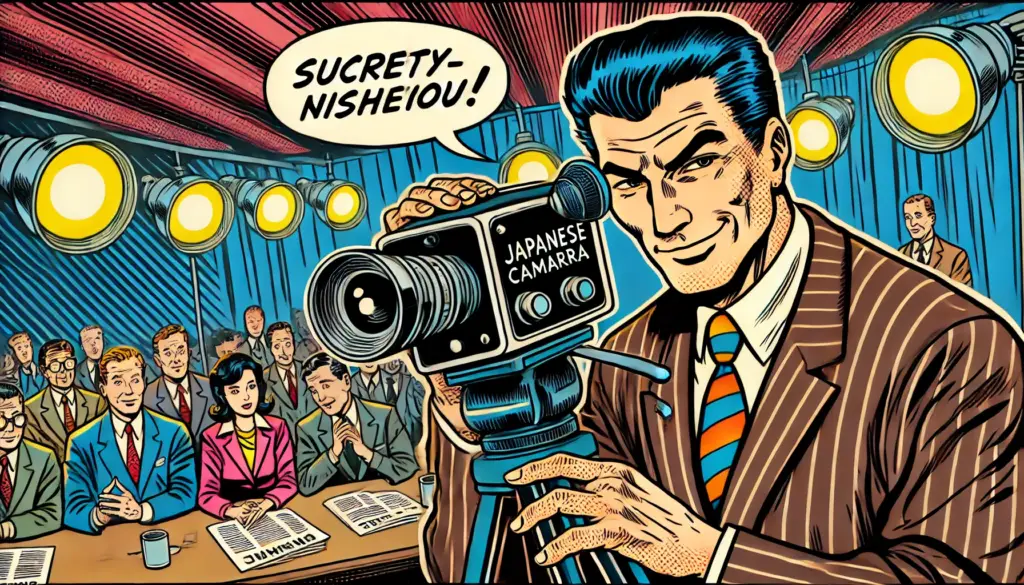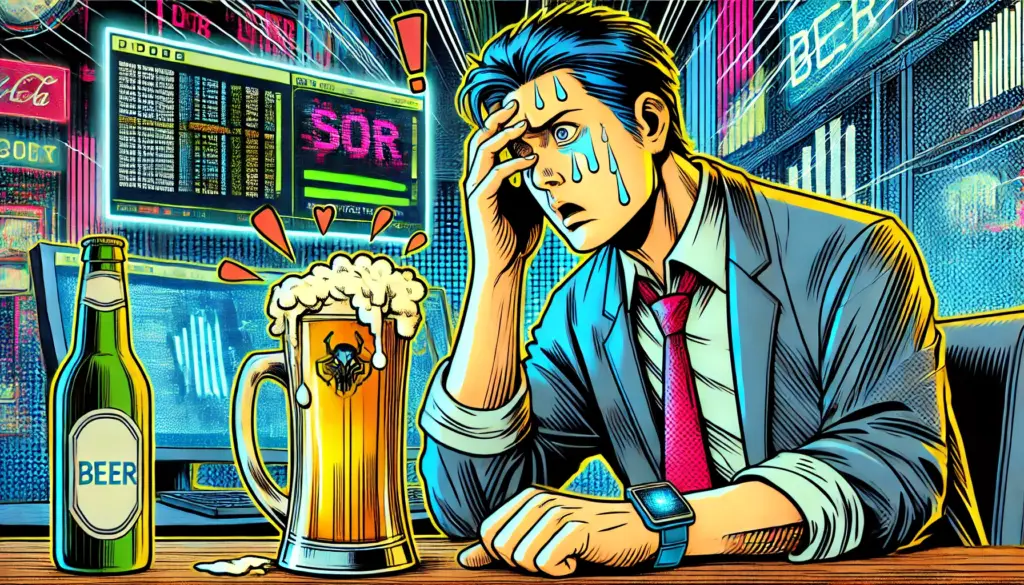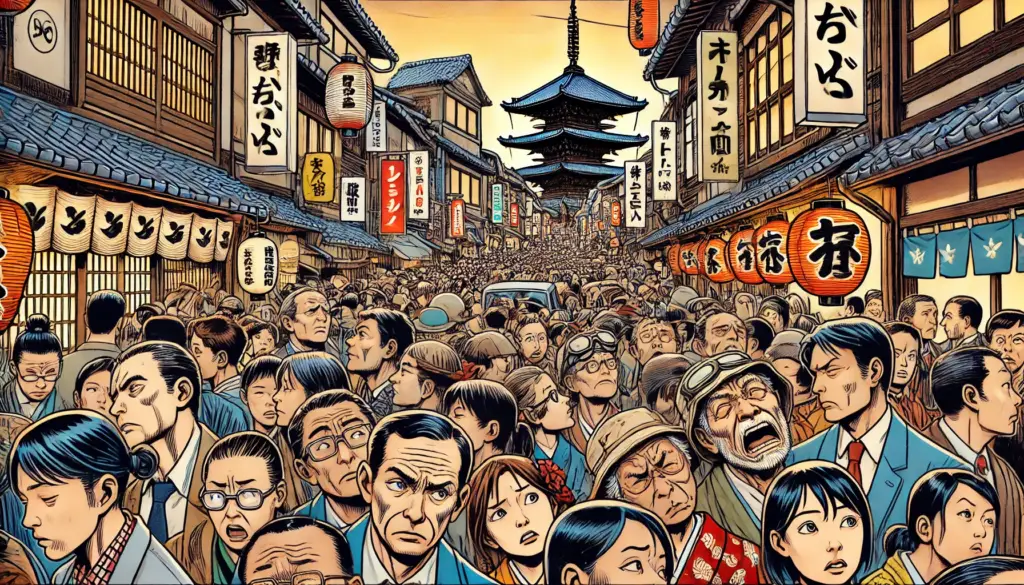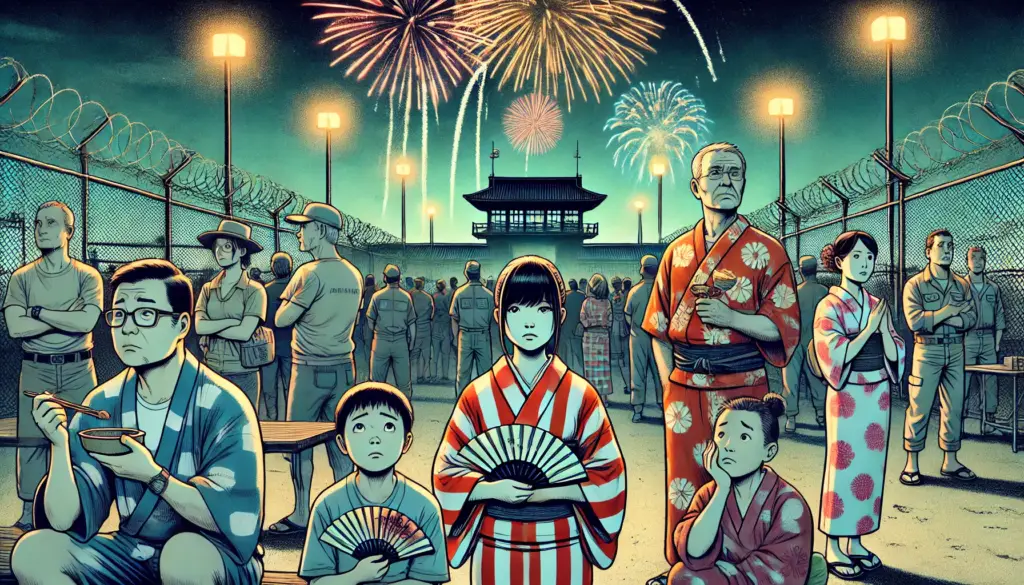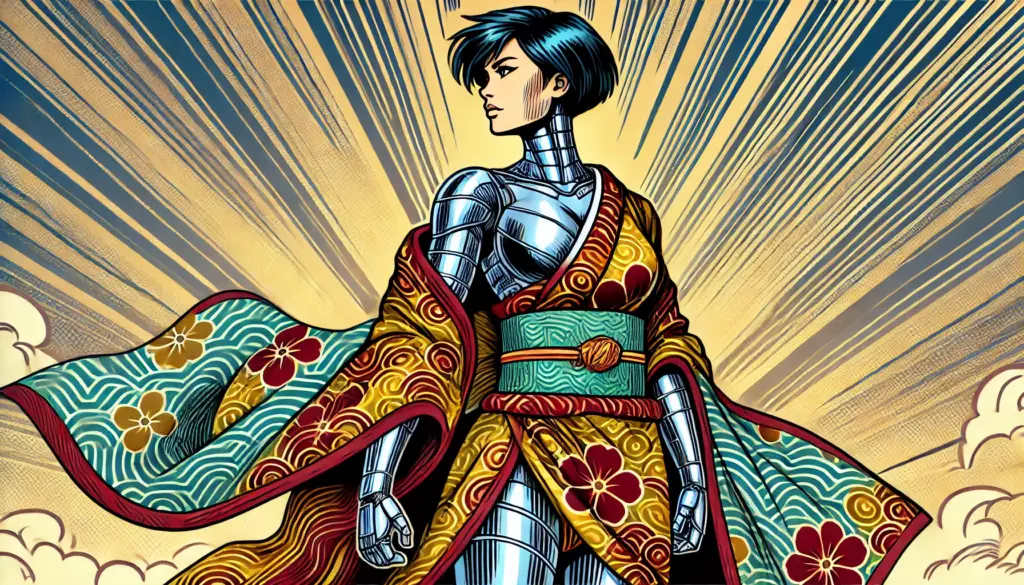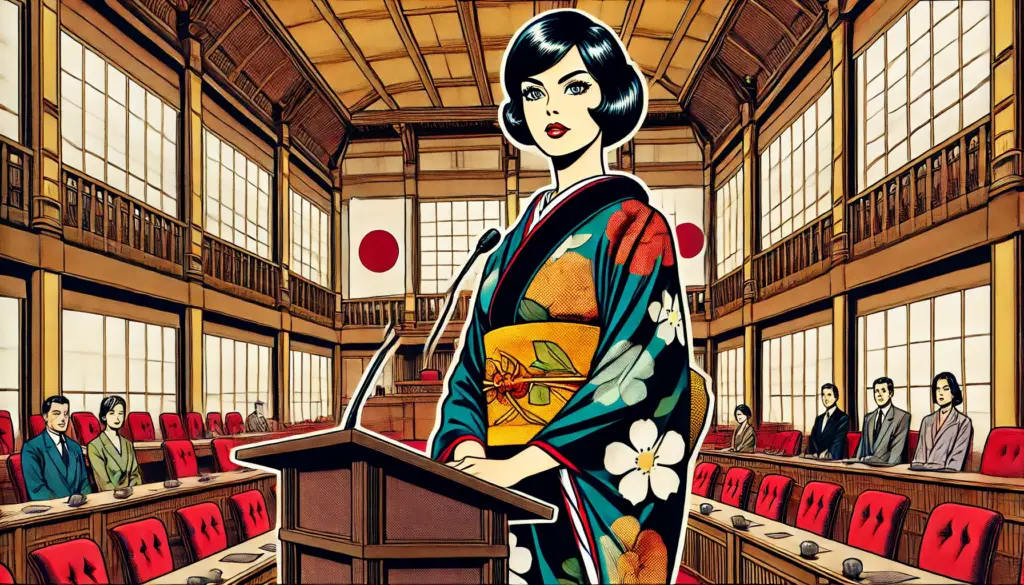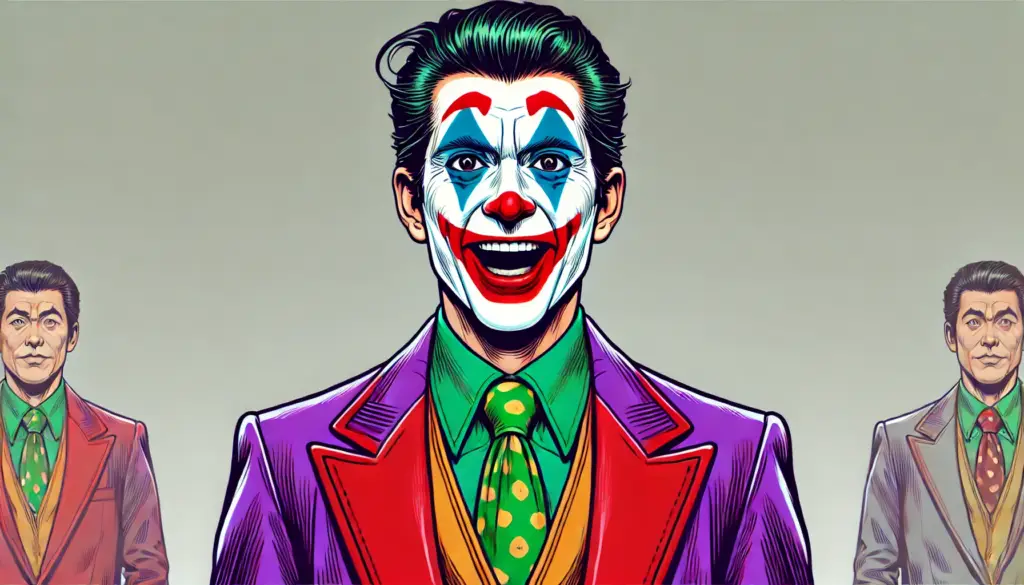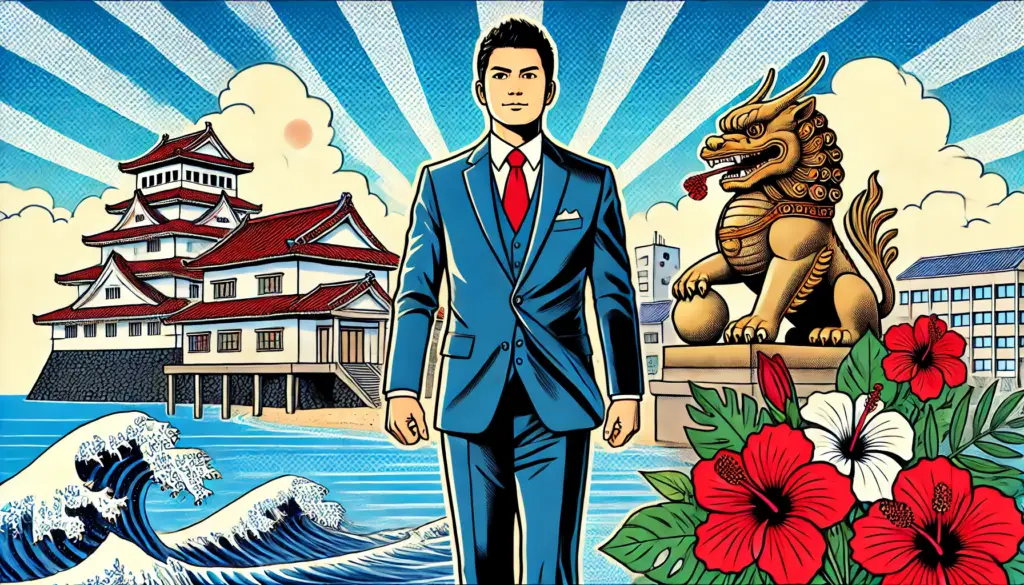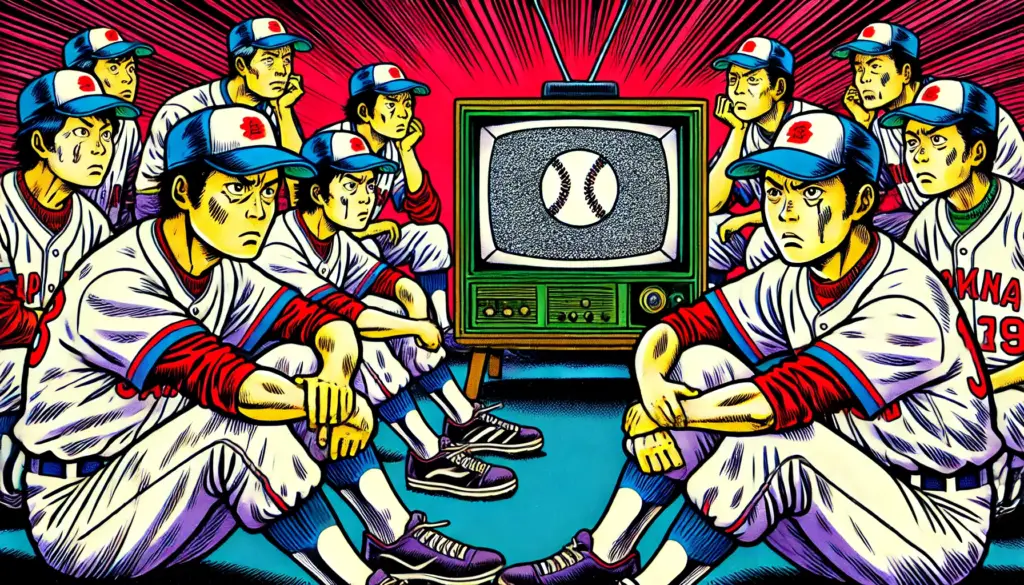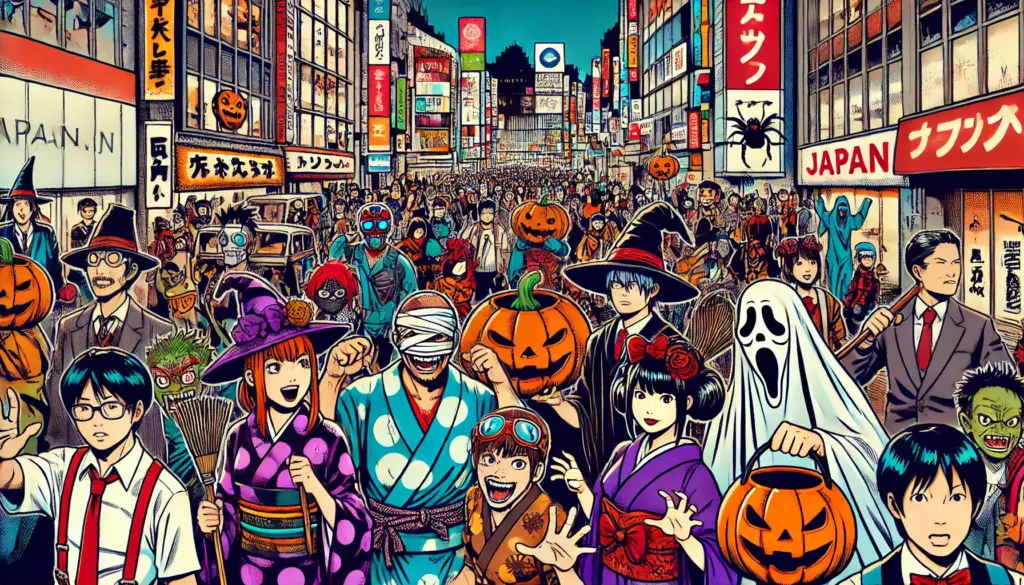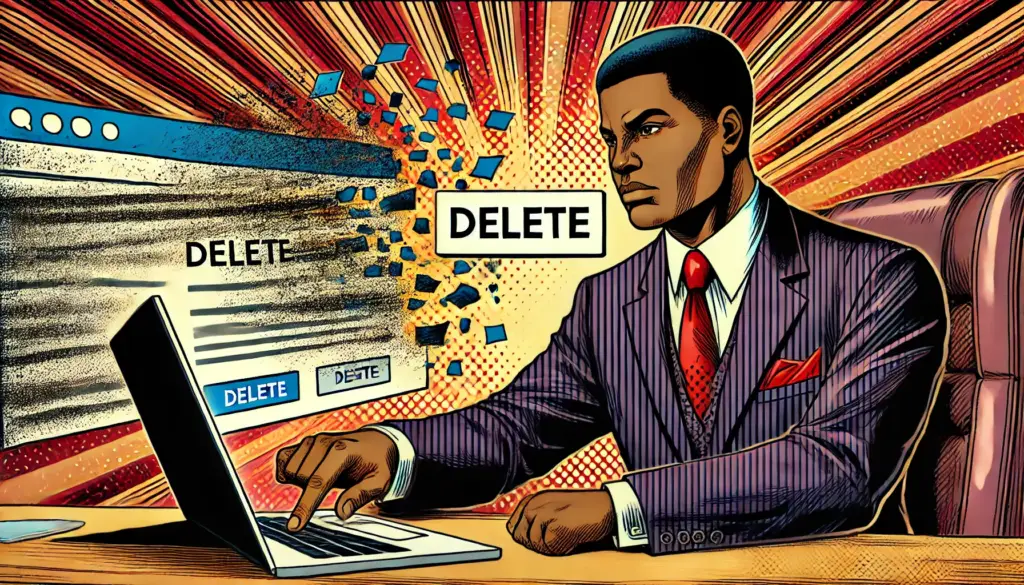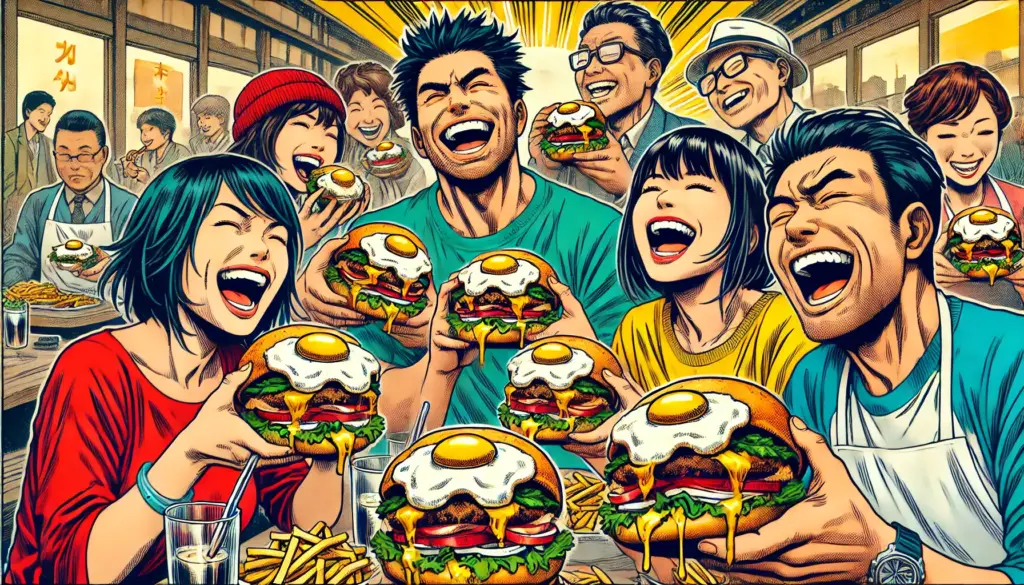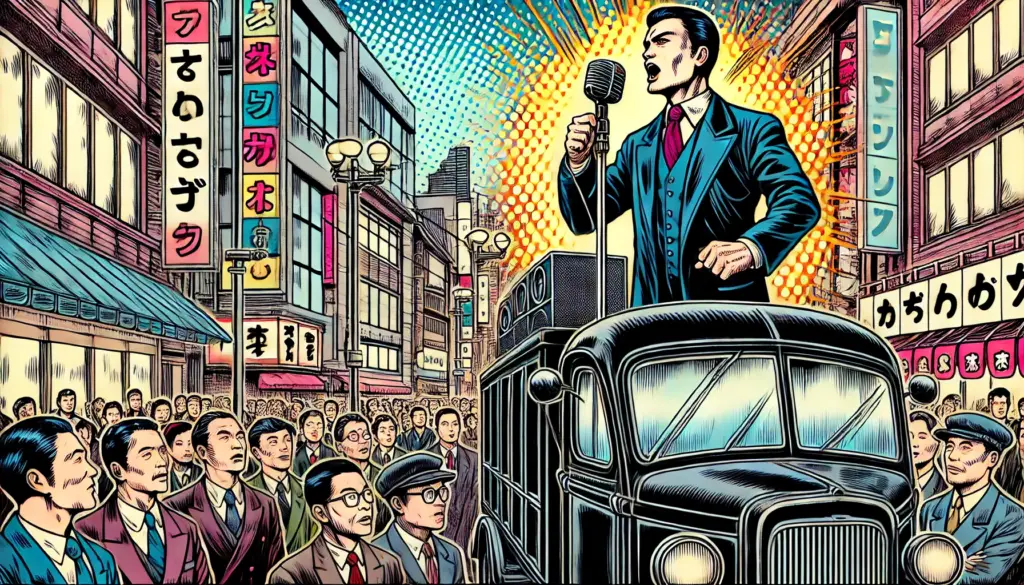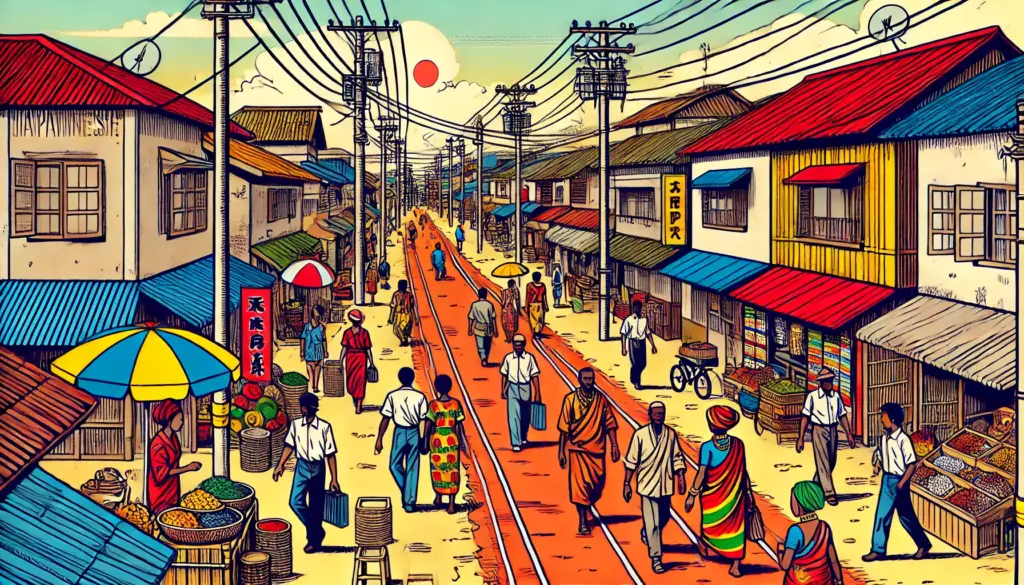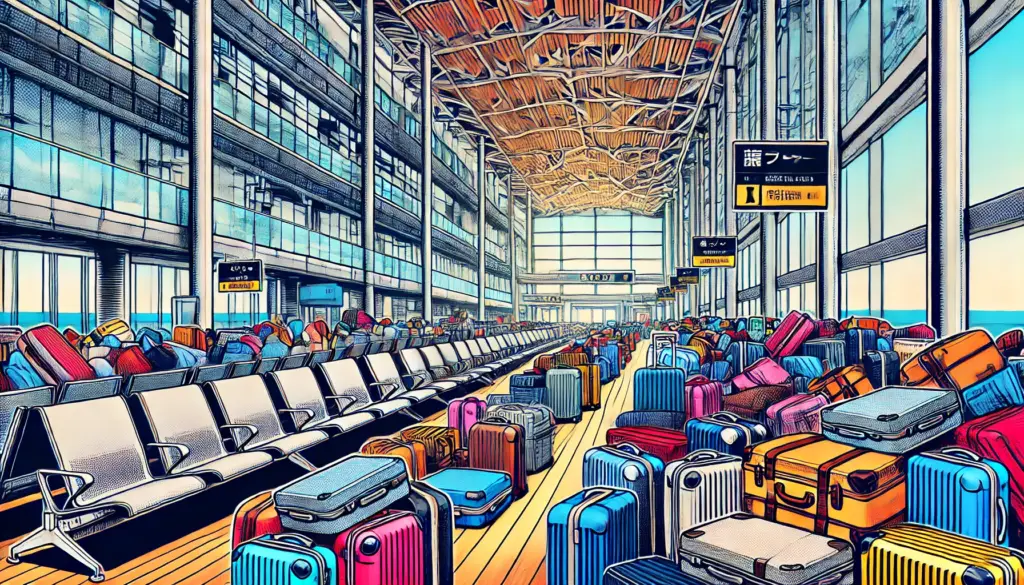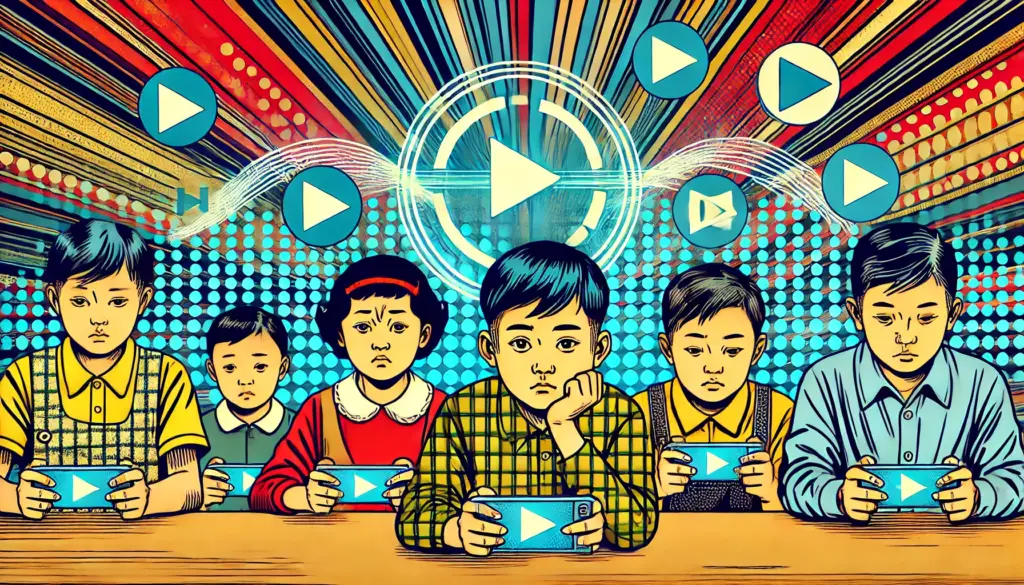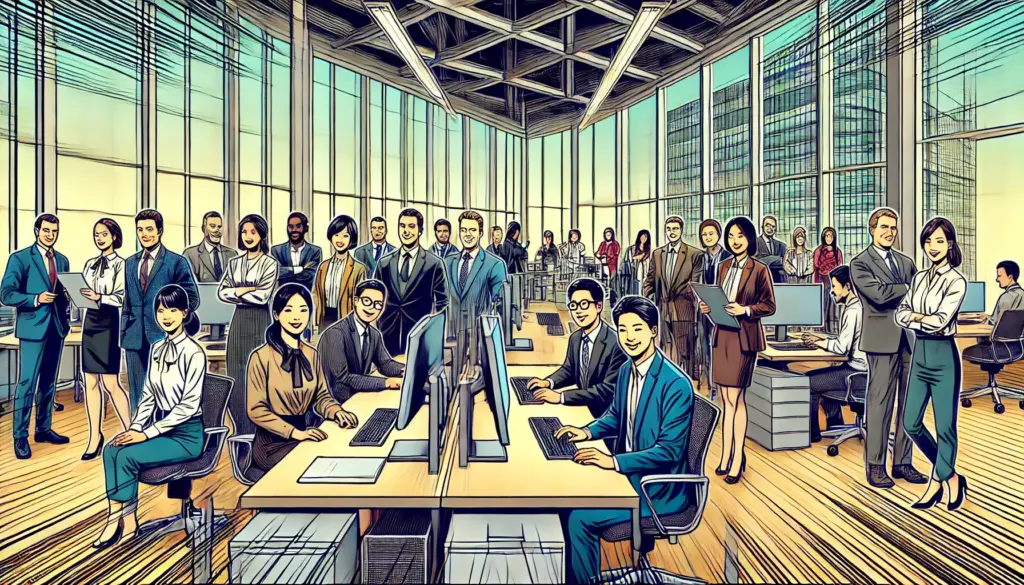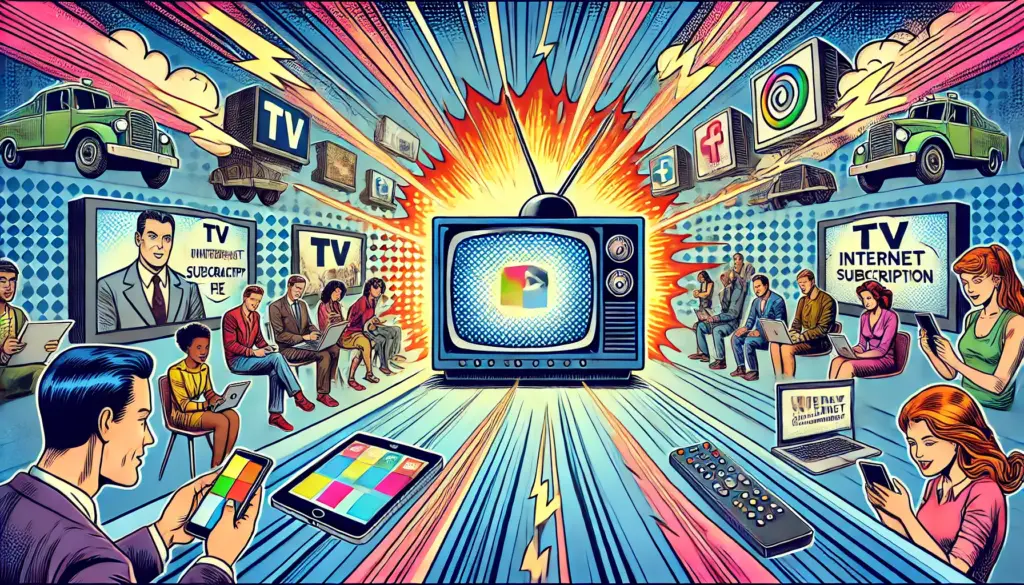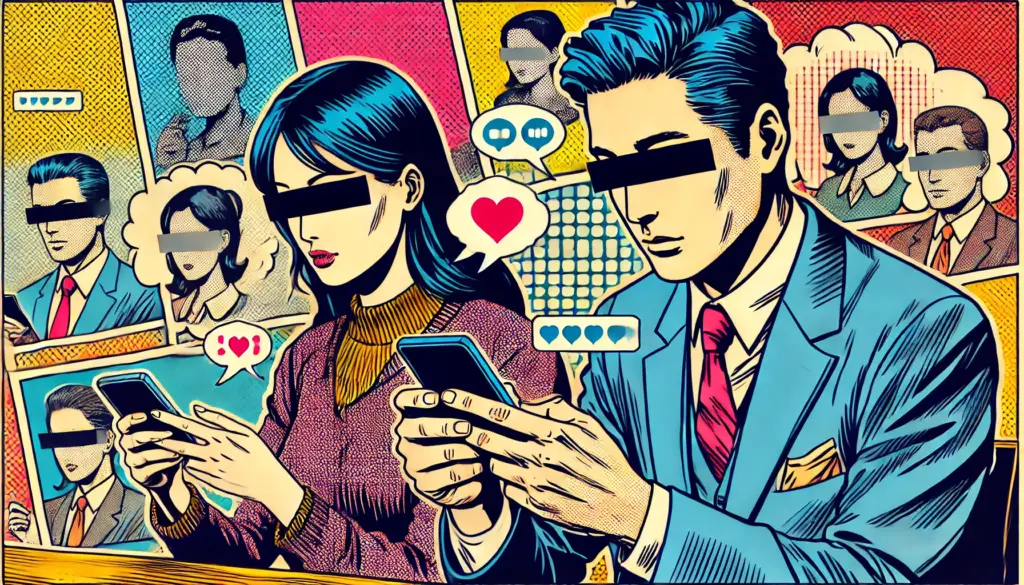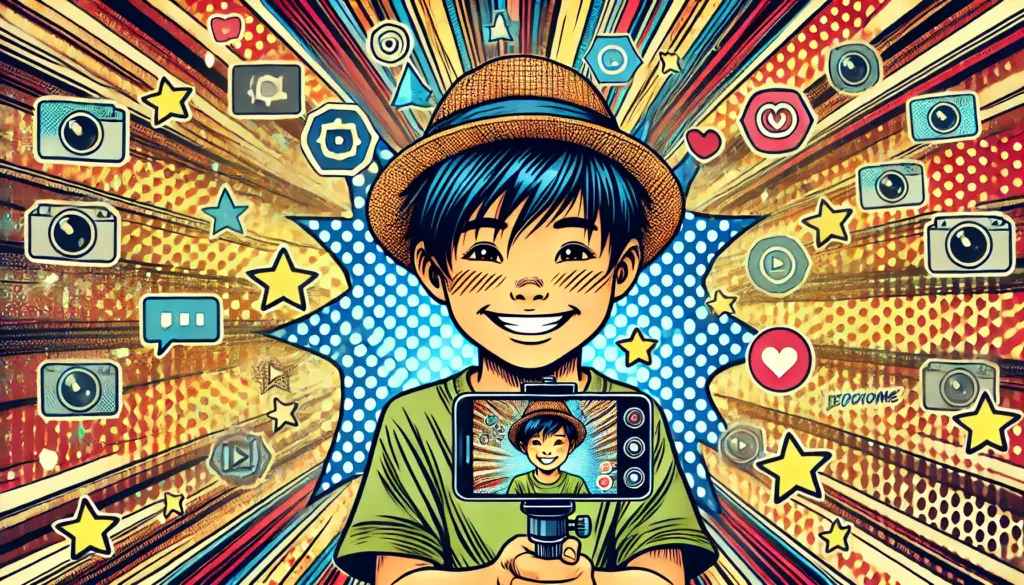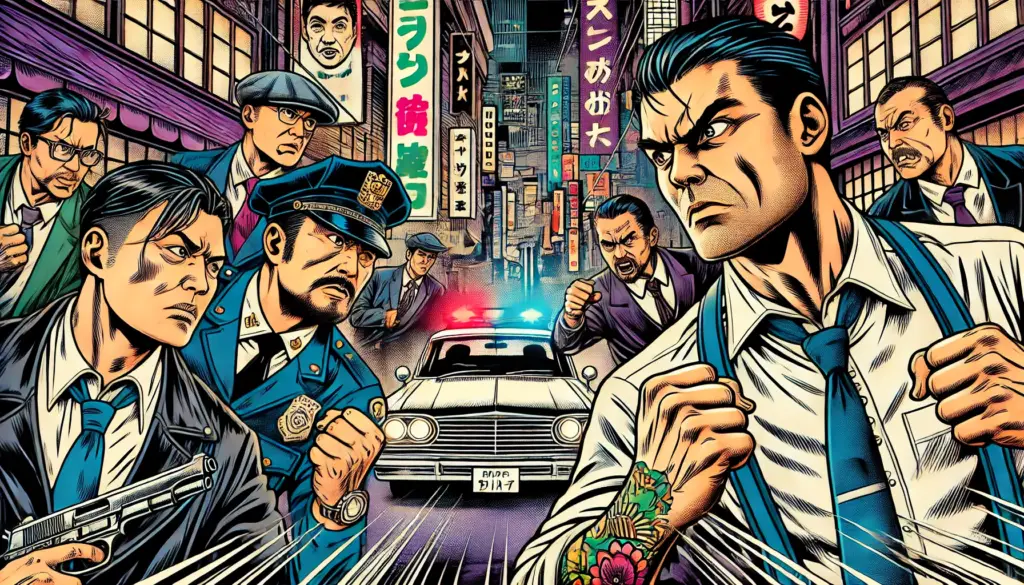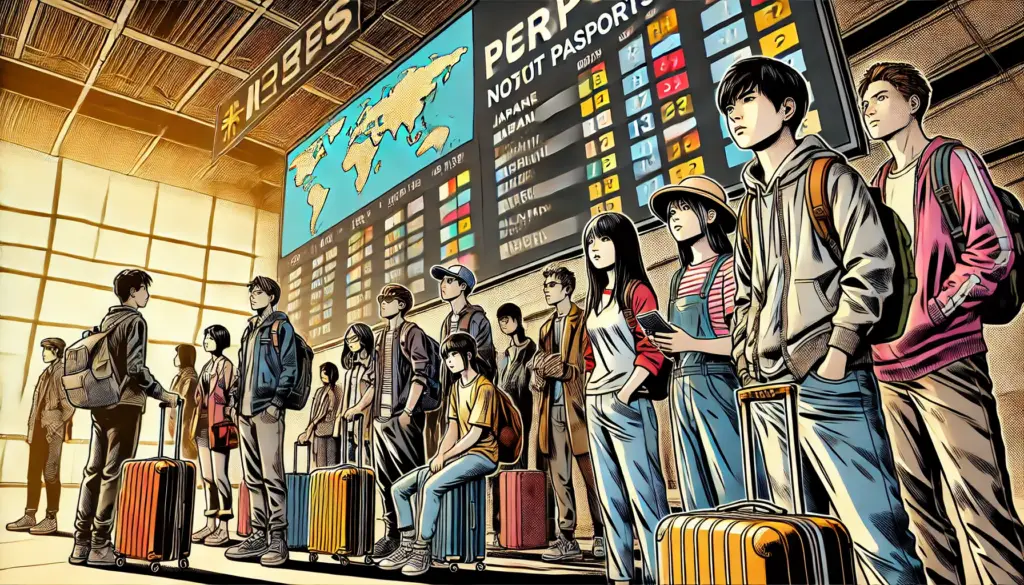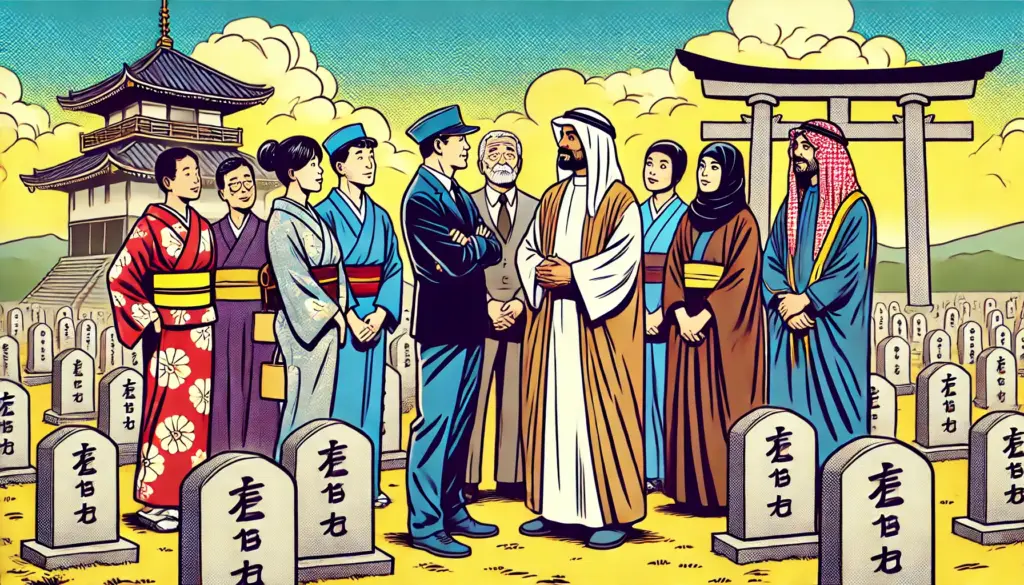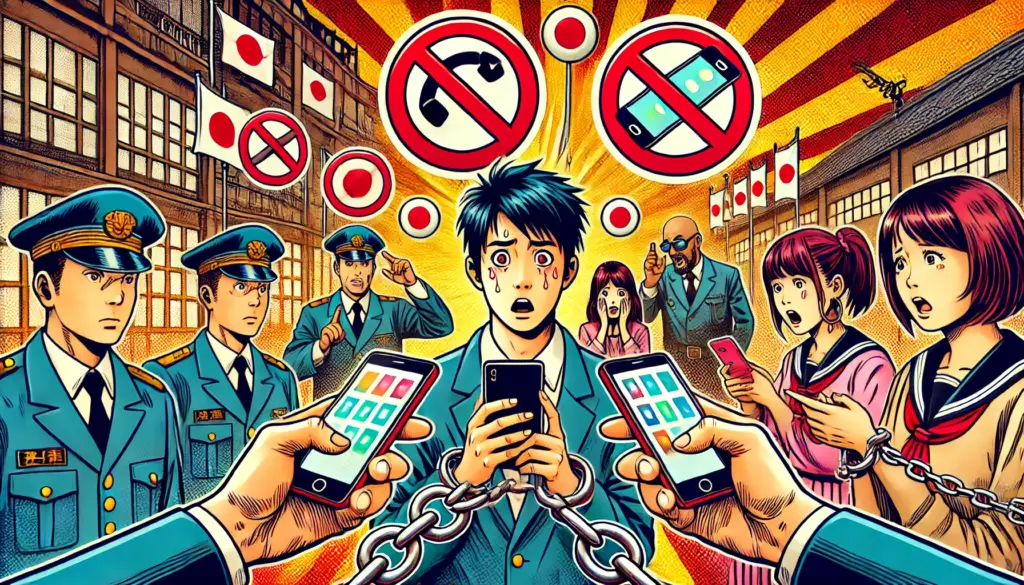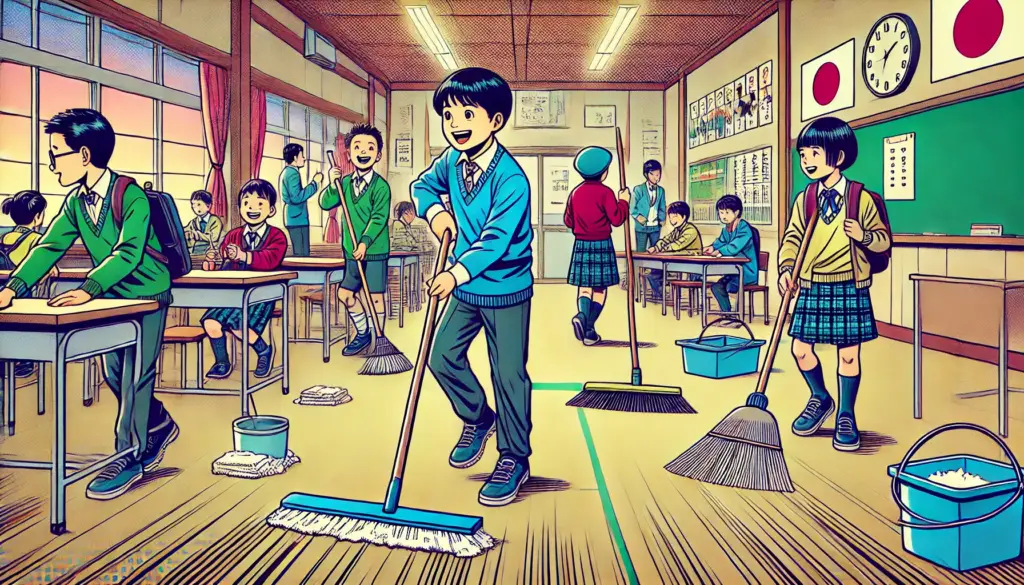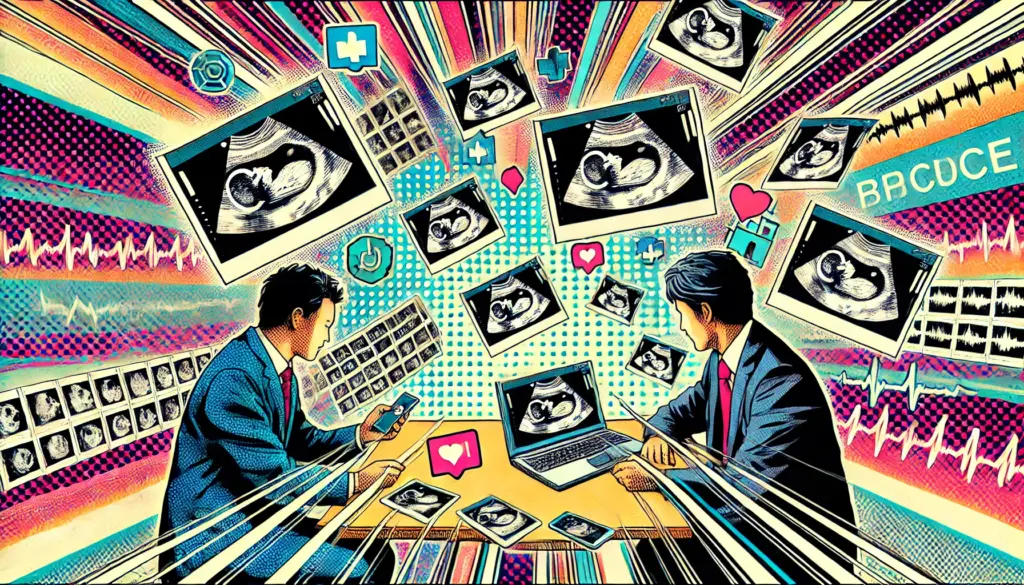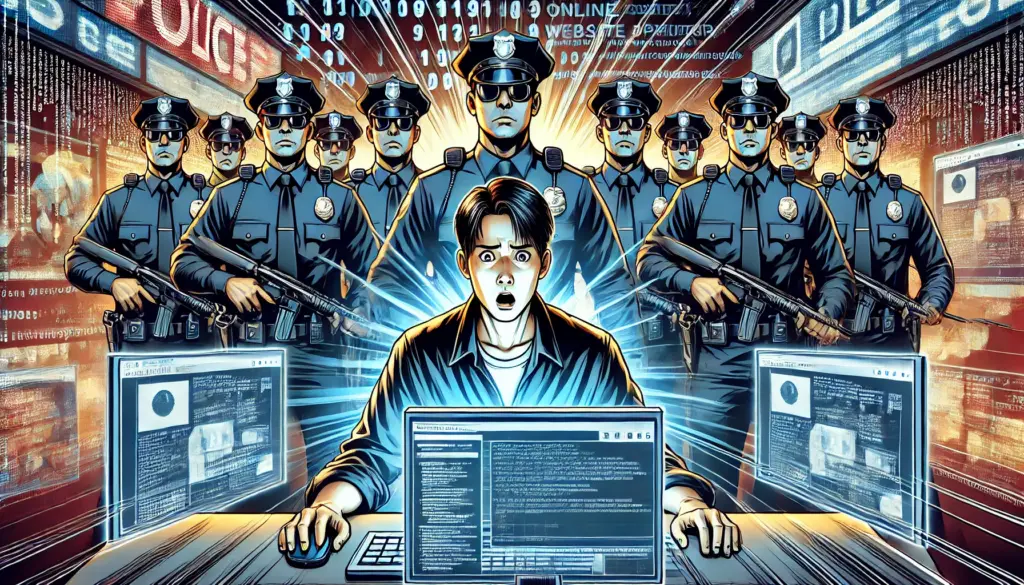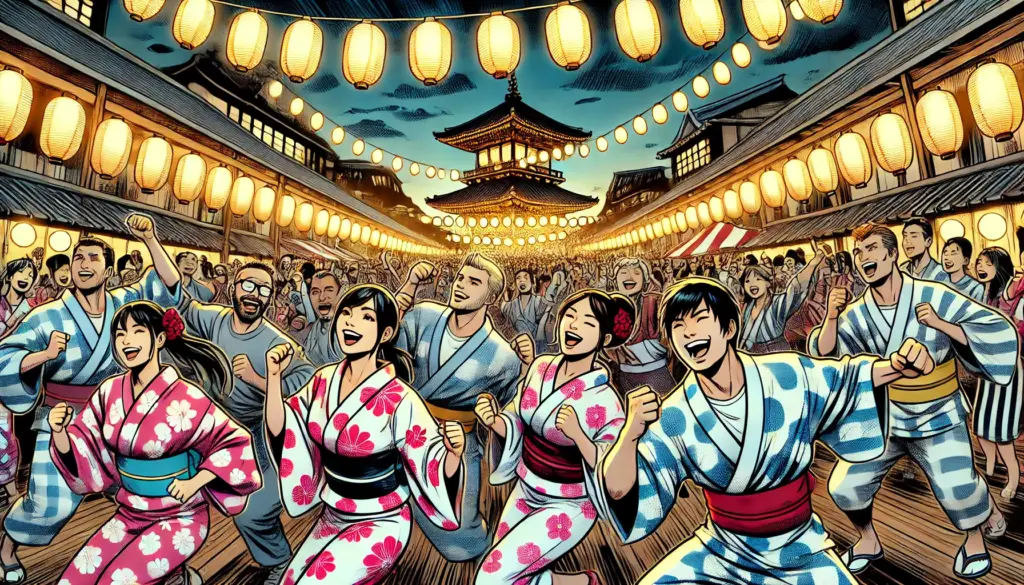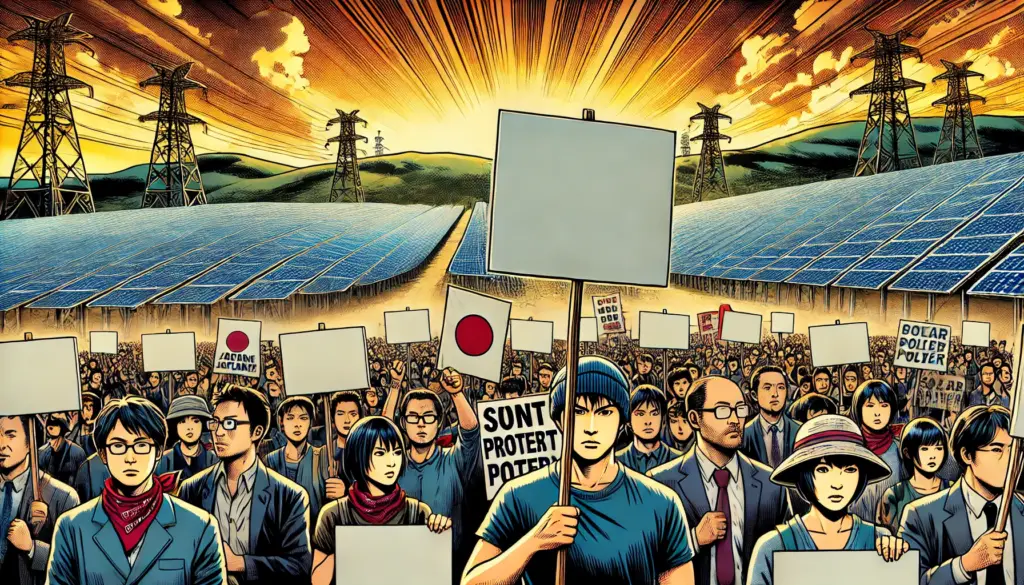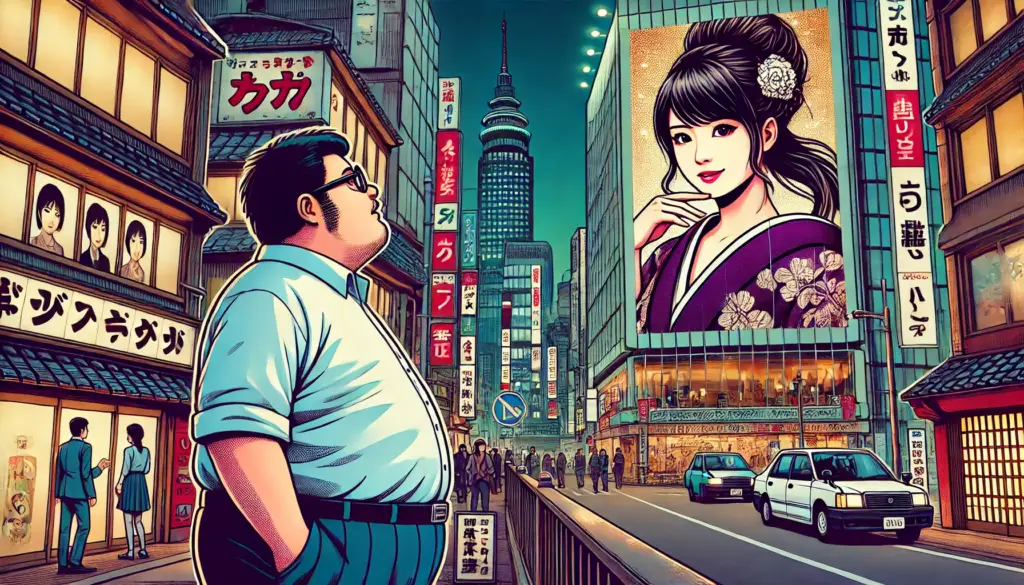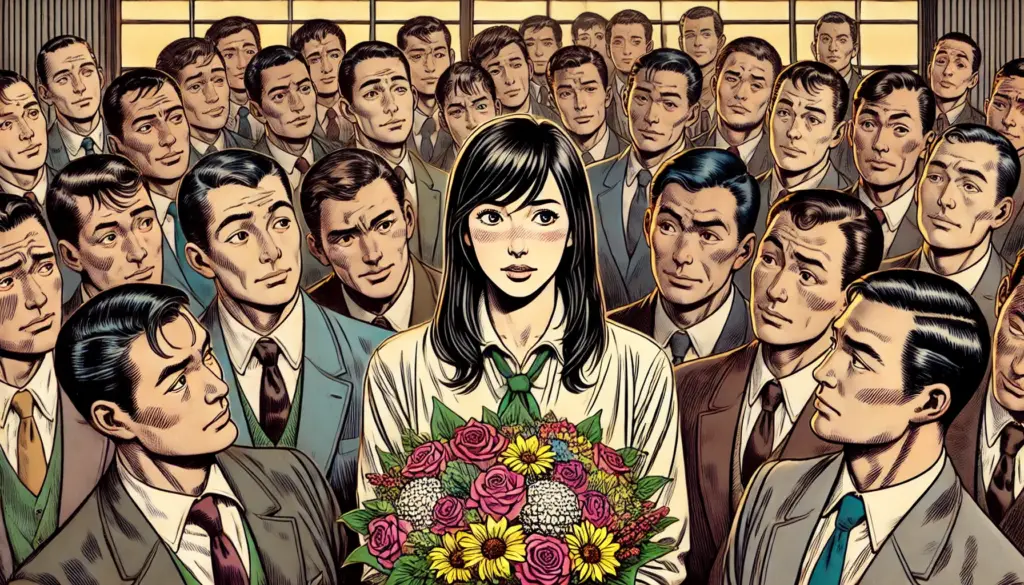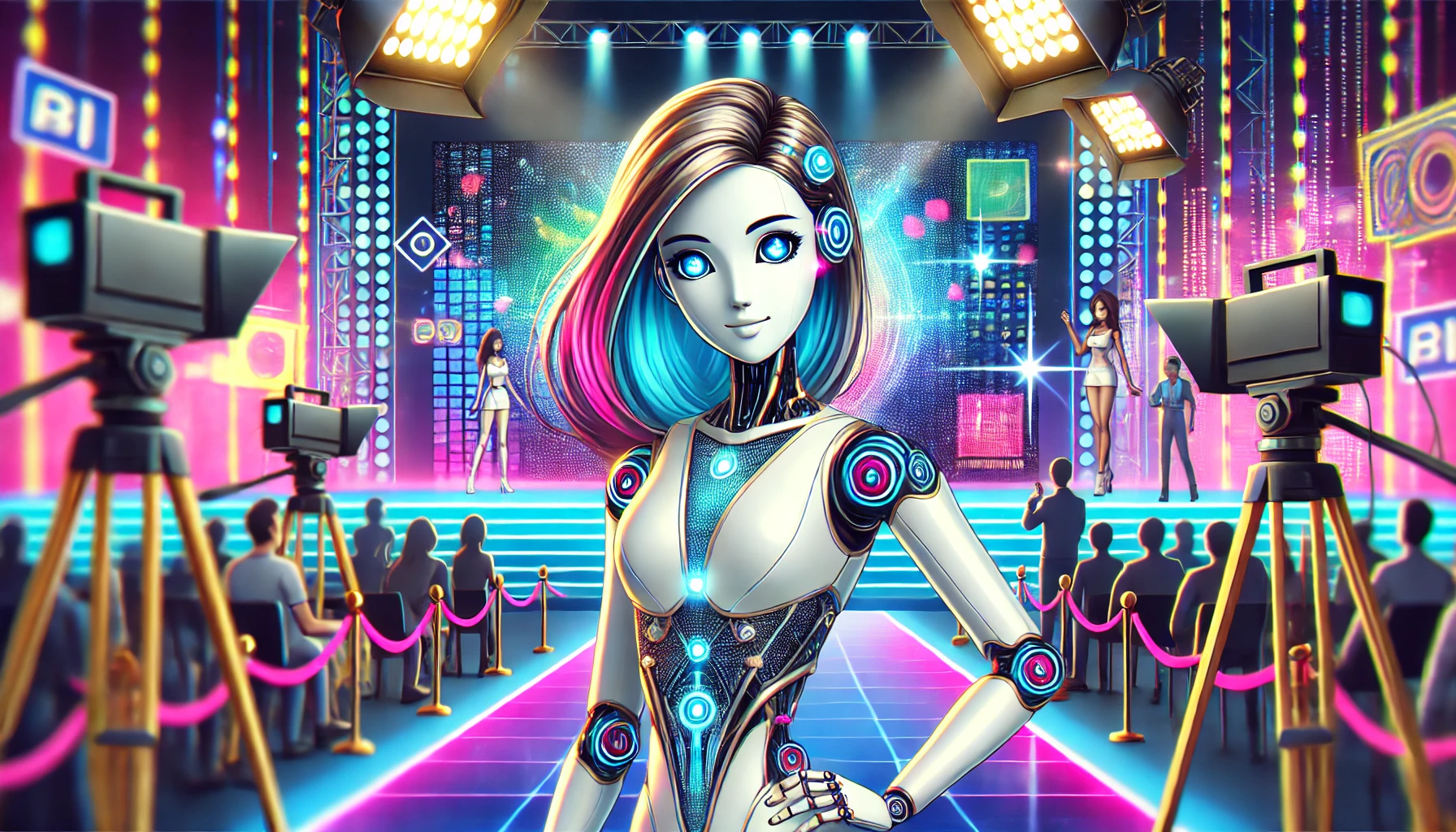
In recent years, Japan has seen a surge in AI-generated talents (AIタレント) appearing in advertising — from virtual models to fully synthetic celebrities. These digital personalities are captivating brands across industries, and in 2025, the trend shows no signs of slowing down. But what’s really driving this wave of artificial endorsement? And what kind of ads are they actually showing up in?
Let’s take a closer look at Japan’s booming AI talent advertising market, and why companies seem to love these “scandal-proof” virtual stars. 👀
📈 The Rise of AI Talents in Japan
AI talents (AIタレント) — also referred to as virtual humans (バーチャルヒューマン), VTubers (ブイチューバー), or synthetic models (合成モデル) — have become a go-to choice for Japanese advertisers. From cosmetics to finance, companies are opting for AI characters instead of human celebrities.
Unlike traditional talents, AI figures:
- Never age 🕰️
- Don’t get sick or tired 💪
- Don’t cause scandals 🚫🗞️
- Can work 24/7 in multiple languages 🌍
For companies that have suffered from celebrity-related controversies, the appeal is obvious. Using an AI removes the risk of reputational damage.
🧠 Examples of Real AI Ads in Japan
Here are some standout examples of how AI characters are already being used in Japanese advertisements:
1. “imma”(イマ) – The Pioneer Virtual Model
imma, Japan’s first virtual model with pink bob-cut hair, has starred in campaigns for IKEA Japan, SHISEIDO, and even Pocari Sweat. She’s become a fashion icon and is often seen in print and social ads — despite not actually existing.
2. “Aoi Prism”(アオイ・プリズム) – The Digital Bank Ambassador
Developed as a fully AI spokesperson, Aoi Prism represents a major Japanese digital bank. With a calm, reassuring voice and intelligent design, she answers customer questions and appears in promotional videos.
3. “Rinna”(りんな) – Microsoft Japan’s Conversational AI
Originally a research project, Rinna evolved into a virtual influencer who has collaborated with artists, appeared on TV, and done branded content for tech and lifestyle firms.
4. Virtual Idols and VTubers(バーチャルアイドル・VTuber) in Beverage and Snack Ads
Well-known VTubers like Kizuna AI(キズナアイ) and Hololive talents(ホロライブ) have appeared in commercials for energy drinks, ramen brands, and even fast food chains. These ads often include anime-style storytelling, music, and augmented reality tie-ins.
🎯 Why Brands Are Embracing AI Talent
✅ Scandal-Free Safety
Traditional celebrities carry risk — personal scandals, political statements, or unexpected behavior can all damage a brand. AI characters don’t have this risk, making them a “safe bet” for long-term campaigns.
✅ Creative Control
AI talent can be tailored exactly to a brand’s vision: voice, appearance, personality, and even background stories. This level of control isn’t possible with real people.
✅ Cost-Efficiency and Flexibility
While developing an AI avatar isn’t cheap, it’s often more cost-effective in the long run. No need for travel, hair/makeup, or reshoots. Plus, they can be updated with a few clicks.
🧩 What’s Next?
As generative AI becomes more advanced, we may soon see AI talents speaking dozens of languages, adjusting their facial expressions in real-time, and interacting directly with consumers on social media.
Major advertising firms in Japan are already investing in proprietary AI characters, and some companies are even retiring real-life celebrity contracts in favor of these tireless, spotless virtual alternatives.
But will audiences get tired of them? Can synthetic charm truly replace human charisma?
For now, brands are betting yes. And in Japan — where anime, cosplay, and tech culture meet — AI talents feel surprisingly natural. 🤖✨

